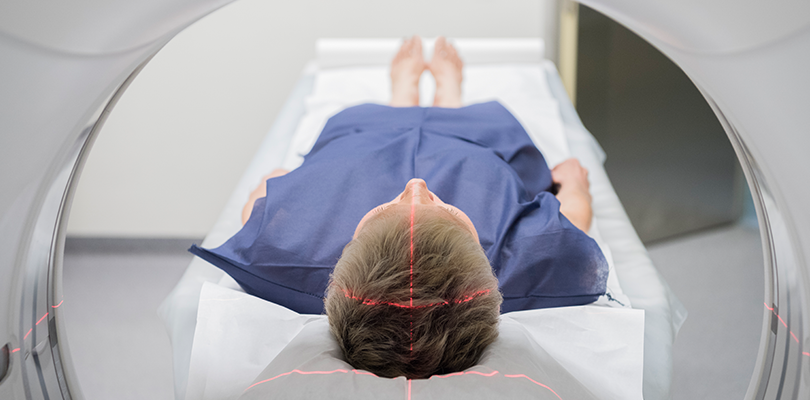How to Treat Shin Splints
Shin splints are a very common and painful sports injury, usually due to the shin being overused. The incidence rates for shin splints range from 4% to 19% in normal athletic populations and 4% to 35% in military populations. This is a condition that many athletic people have to deal with at some point in their life, so this article will explain in more detail what shin splints are, what causes them, and how to treat shin splints and get moving again.
What Are Shin Splints?
Shin splints (known medically as medial tibial stress syndrome) occur when there is undo stress on the shinbone (tibia) which can cause pain and inflammation in the connective tissue around the bone. Some signs of shin splints include:
- Dull aching pain focused in the lower leg region
- Pain that develops during exercise and may or may not stop when not exercising
- Tenderness in the inner part of the lower leg
- Mild swelling in the lower leg
- Numbness or weakness of the feet
What Causes Shin Splints?
The ultimate cause of shin splints is stress on the shinbone, which generally occurs during physical activities like running or other sports. However, there are certain risk factors that can make some people more likely to get shin splints than others.
Flat Feet
When the arch of your foot does not adequately elevate your inner foot (overpronation), this puts extra pressure on the bones in your legs because the weight is not distributed as well.
Poor Fitting Shoes
Bad shoes will almost always lead to problems with your feet and legs, and shin splints are no exception. Shoes that do not fit force your feet into unnatural positions, increasing pressure on the legs.
Working Out Without Warming Up or Cooling Down
Not properly preparing to start and stop exercise can make your muscles tense up and increases the pressure on your bones, which are connected to the muscles by tendons.
Weak Ankles, Hips, or Core Muscles
Having weak muscles makes it harder for the body to keep itself supported, and poor weight distribution can cause undue stress on bones like the tibia.
You wanted to get married. Now, you’re not so sure. How can you be absolutely assured that you are ready for marriage and that marriage is ready for you?
Methods for Treating Shin Splints
Shin splints are very common and painful, but thankfully they often heal on their own as long as you take a break from intense exercise and let it heal. If you do decide to go a doctor, they will examine you and possibly take some x-rays or bone scans. However, unless your pain is particularly severe, some of the following steps will likely be enough to help your shin splints.
Get Rest
This is obvious, but always worth repeating. The body cannot heal itself if it is still being exercised vigorously. If you have shin splints, taking a short break will save yourself a lot of pain and frustration (and a much longer break) later.
Use Ice
It can sometimes be confusing knowing whether to ice or apply heat to relieve pain. Because a shin splint is a form of an acute injury and causes inflammation, ice is definitely the way to go. Ice can reduce swelling and inflammation, as well as numb the pain. Unless you are told otherwise by a doctor, this can be done every three to four hours for 20 to 30 minutes for two to three days, or until the pain has gone away.
Use Insoles or Orthotics in Your Shoes
These can be purchased from a drugstore or custom made with the help of a podiatrist. These can be great for correcting flat feet or similar issues with weight distribution in the foot. However, you may have to try a few different varieties to find the one that works best for you.
Take Anti-Inflammatories as Needed
Pills like ibuprofen, naproxen, or aspirin are called non-steroidal anti-inflammatory drugs. These are great for treating short-term pain because they reduce inflammation, or your body’s response to injury. Unless a doctor directs you otherwise, it is important to take these only as directed on the packaging. Failing to do so can increase your risk of internal bleeding or stomach ulcers.
When Your Shin Splint Is Healed
The most obvious sign of a shin splint being healed is that you will not be in pain anymore. You’ll also should see a return in flexibility if you have had any stiffness associated with your shin splint.
Unfortunately, shin splints are not very cut and dry as far as far as knowing when they are healed. They ebb and flow over months, so it is important to keep track of your symptoms and treatment and adjust the amount of stress you put on your shins through physical activity according to how you feel. If your pain does not improve with treatment or becomes particularly severe, please do not be afraid to talk to your doctor.
If you have shin splints, it is far from the end of the world. Hopefully the information in this article helps you be more informed about shin splints and can help you get back on your feet again sooner the next time you have one.







